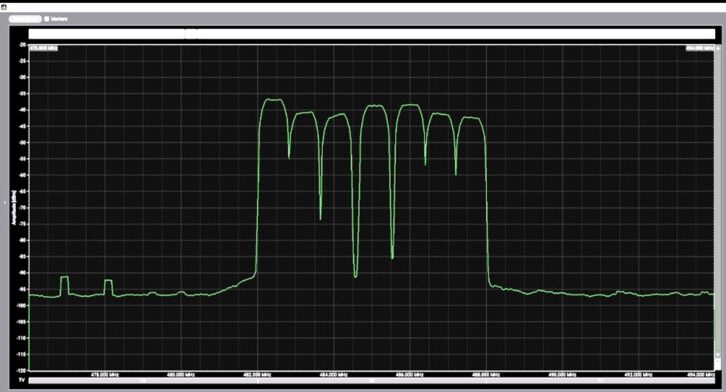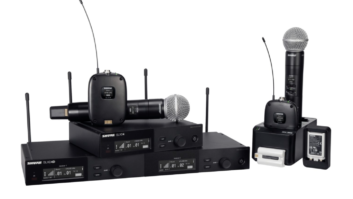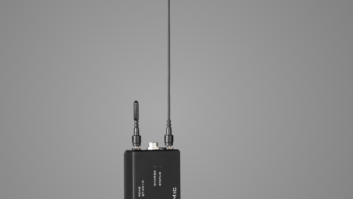Shure has announced Axient Digital PSM, its first digital wireless in ear monitoring solution for today’s touring acts and large-scale productions. Axient Digital PSM has been designed to meet the demands of touring professionals and rental houses, with high-performance RF and spectral efficiency. This new digital in ear monitoring system is Shure’s first Wireless Multichannel Audio System (WMAS) enabled product line.
Axient Digital PSM is designed to allow engineers to tackle more complex and creative productions because they’ll have access to more on-air channels of in ear monitoring. It features a multi-channel wideband mode that increases spectral efficiency, freeing up radios for improved RF performance, or channel count scalability.

Nick Wood, senior director, global marketing and product management, at Shure, said: “Axient Digital PSM offers a revolutionary digital radio with WMAS capabilities, remote management for engineers, and a pristine audio experience for performers. To unlock new possibilities and applications, Shure is dedicated to advocating for spectrum efficiency and WMAS regulations worldwide. Axient Digital PSM takes advantage of this opportunity, giving users more resources to optimise performance and make the best possible use of spectrum, now and in the future.”
Developed by Shure, Spatial Diversity employs two transmit diversity antennas, each sending an identical signal on the same frequency, providing RF engineers with what the company says is an easier option for supporting separate zones and optimising coverage for stadiums, indoor venues, and broadcast studios.
When Spatial Diversity transmitters engage with True Digital Diversity bodypack receivers, Axient Digital PSM combines four discrete signal paths per channel to deliver advanced protection against multipath interference and RF noise.
Axient Digital PSM transmitters support both analogue and digital input formats, including AES3, Dante, and AES67, which enables monitor engineers to easily connect to modern consoles. Standard AES256 encryption is available for secure transmission.
Axient Digital PSM features two single rack space transmitter options: ADTQ Quad Transmitter and ADTD Dual Transmitter. Both offer four flexible and powerful transmission modes.
- Multi-channel wideband (available regionally according to WMAS regulations), supporting up to 28 channels per 6 MHz in the US and 40 channels per 8 MHz in Europe. This exceeds FCC’s requirement for WMAS to have a mode of operation in which it can operate with at least three audio channels per MHz.
- Narrowband provides access to more RF output power per channel and maintains spectral efficiency at 17 channels per 6 MHz.
- Analogue FM allows for high-quality audio with ultra-low latency.
- Axient digital standard (point-to-point mode) will let users send long-distance audio to any Axient Digital microphone receiver. It will be available through a post -launch firmware update.
Axient Digital PSM is supported by Shure’s Wireless Workbench and ShowLink ecosystem, allowing monitor engineers remote management of every bodypack receiver on stage, with visibility to key parameters and the ability to make adjustments if necessary.
- With ShowLink, real-time control is designed to enable continuous monitoring of all bodypack receivers, including channel quality, battery life, volume position, headphone connect status, and more.
- With Wireless Workbench and the AD600 Spectrum Manager, engineers can address technical issues, monitor RF spectrum, and maintain backup frequencies, ensuring smooth performances from start to finish.
Axient Digital PSM wireless in ear monitor system will be available early 2025.







